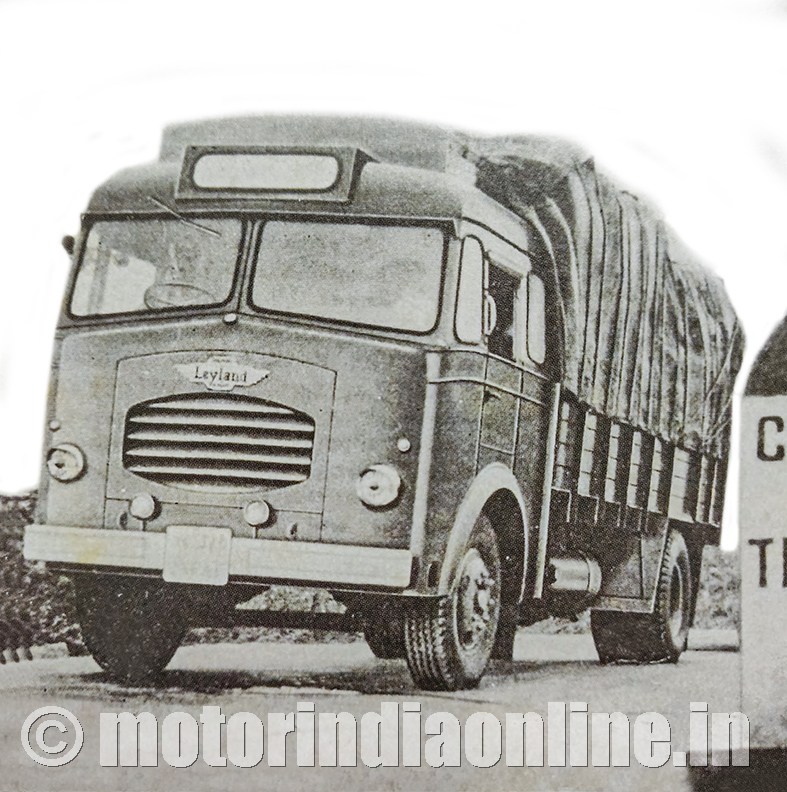As a curious young kid at the dusk of the last century, I was always fascinated by the nameplates of automobiles I came across. The model names garbed my imagination much ahead machines did. ‘Sierra’ meant something that I didn’t understand, akin to ‘Cielo’ or ‘Uno’, while ‘Indigo’ meant some bluish-dye plant, I remember my dad answering.
Among all those names that dragged myself into fantasy was ‘Comet’ – an Ashok Leyland tipper, yellow in paint, local custom cabin, and grunting engine that plied around my locality, as I recollect from my nostalgic memory. Even decades later, I still associate ‘Comet’ with the truck, and not some celestial object I later learned from science textbooks!
Perhaps, no other truck model evoked as much emotion or a cult following as the Comet in India. It heralded whole new fortunes to entry-level trucking in the 1950s when it was first launched, while building the brand image of a new-born automaker out of its startling reliability, performance and popularity. The company’s forefathers were sharp enough to license the internationally best-selling chassis of Leyland Motors, Britain.
The Comet platform was mainly intended for export markets, thanks to its sturdy build and uncluttered engineering, which suited impressively the Indian trucking needs of that time. Along with tipper variants, its tractor version spawned the country’s first semi-trailers, while also begetting passenger buses built on its chassis.
Its superlative performance in the domestic market is a testimony to the flawless collaboration of Leyland and the erstwhile Ashok Motors. Indeed, the Comet platform was all that charm in Ashok Leyland’s legacy that still keeps the company springing up past 70 years.
Of all the goodies, the Comet’s compact cab layout and ‘front clip’ design is worth mentioning. It was a massive transformation in truck design in the early 1950s and was a runaway hit. The original Leyland Comet featured a semi-bonneted cab in England, but a cab-over version was later added in 1952. Indian collaborators must have deliberately opted for the latter, as it was compact, more modern and visually appealing.
Later, when Ashok Leyland started manufacturing Comets locally, the cab design was retained and the front clip styling stayed for over two more decades in select factory-built cab models, including the ‘Hippo’. A much more simplified cab design by local fabricators became the norm for the Comet models thereon, with quintessential regional styling variations from Punjab to Tamil Nadu and Kerala.
When I look back, there isn’t much of styling gap in the evolution of British Leyland Comets and India-developed models in the later decades. Leyland Comets stayed in international markets till the end of 1980s, around the same time when Ashok Leyland was offering ‘Tusker’ and ‘Taurus’ ranges with much-improved cabs than the earlier Comets.
A bit later came the ‘Cargo’ range, developed under partnership with Iveco, which commanded the market with exceptionally-built, factory-made trucks – a true pioneer in that regard. The ‘Comet’ label was again resurrected in the early 2000s for new truck ranges in the 16-tonne segment and later which ‘Cargo’ cabins, whose remnants are still alive as ‘Ecomet’ even today.
Ashok Leyland may have grown leaps and bounds with a variety of trucks that are modern, but its genesis is definitely in the ‘heavenly’ Comet that shone bright for many decades. In my imagination, Comet remains to be a representational image whenever I think of Ashok Leyland, may be the same case with you too, and even to the company itself!
